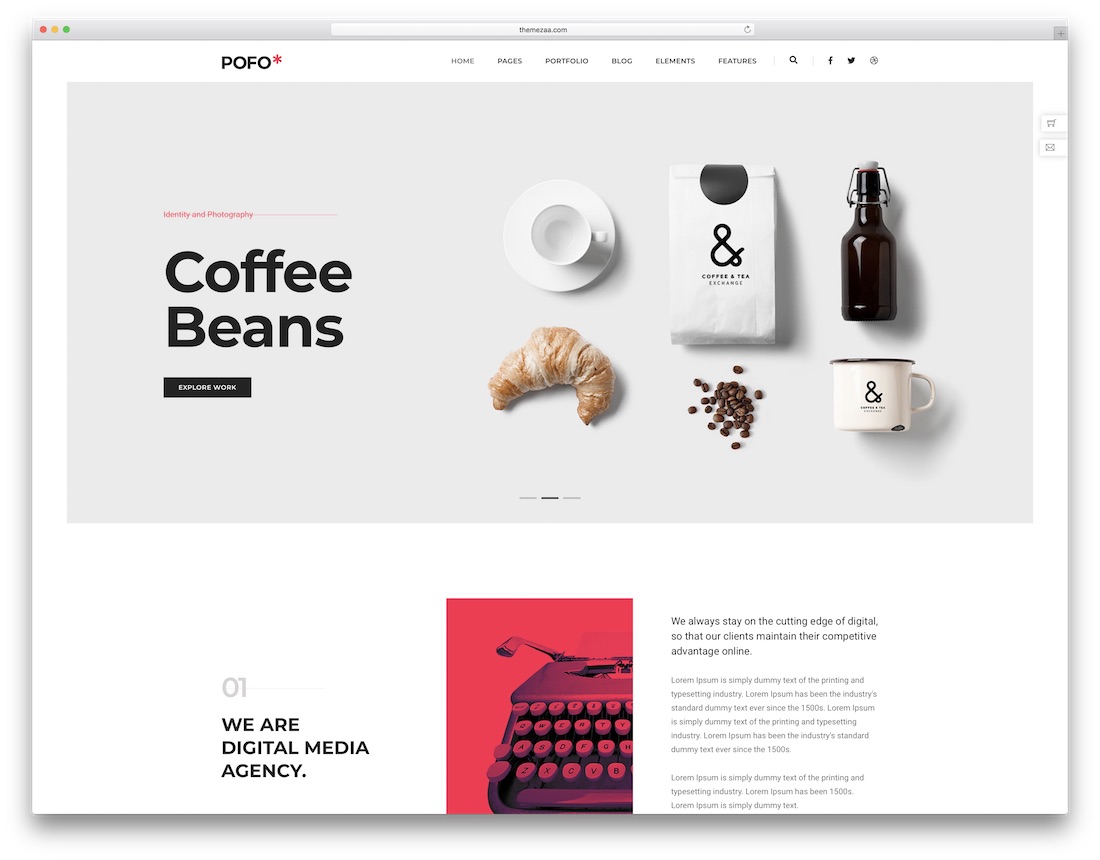Art Salmi: Discovering Creative Insights
Explore the world of art and creativity with insightful articles and inspiration.
Designing for the Digital Age: Make Waves with Web Graphics
Unleash creativity in the digital world! Transform web graphics and make your projects stand out with our expert design tips and tricks.
The Evolution of Web Graphics: What Every Designer Should Know
The evolution of web graphics has been a fascinating journey that has significantly transformed the way we design and interact with online content. From the early days of simple ASCII art and pixelated images to today’s high-resolution visuals and responsive designs, the growth has been driven by technological advancements and user expectations. With the rise of the responsive design paradigm, designers must now ensure their graphics not only look great on desktop but also on a range of devices, including tablets and smartphones. This shift necessitates a deep understanding of how to optimize images for different resolutions and load times while maintaining quality.
As technology continues to advance, emerging trends such as 3D graphics, infographics, and animated vector graphics are increasingly becoming integral in web design. Designers should be aware of tools like SVG images, which allow for scalable graphics without loss of quality, making them ideal for responsive layouts. Additionally, incorporating user-generated content and interactive elements are crucial in enhancing user engagement. To stay ahead in this fast-evolving field, it’s essential for designers to not only keep up with the latest graphic design tools and trends but also to understand the principles of user experience (UX) and accessibility.

Top 10 Trends in Digital Design: How to Make Your Graphics Stand Out
As the world of digital design continues to evolve, staying ahead of the latest trends is crucial for creating graphics that resonate with your audience. Here are the top 10 trends currently shaping the landscape:
- Minimalism: Emphasizing simplicity helps convey messages clearly.
- Bold Typography: Large, eye-catching fonts are making a statement.
- Asymmetrical Layouts: Breaking traditional grid systems adds dynamism.
- Muted Colors: Soft palettes create a calming aesthetic.
- 3D Elements: Adding depth can make designs more engaging.
- Dark Mode: Catering to user preferences enhances visibility.
- Hand-Drawn Illustrations: Personal touches foster connection.
- Motion Graphics: Animated elements capture attention.
- Sustainability-Inspired Designs: Reflecting eco-awareness appeals to modern consumers.
- Inclusive Design: Ensuring accessibility is vital.
To make your graphics stand out, consider incorporating the aforementioned trends in a cohesive and intentional manner. Focus on your audience’s needs and preferences while utilizing bold colors, unique textures, and innovative layouts. Additionally, integrating interactive elements can significantly enhance user experience and engagement, ensuring your designs not only look great but also perform well. Remember, the key to effective digital design is not just to follow trends, but to adapt and tailor them to create a distinctive voice for your brand.
Is Your Website Graphics-Ready? Key Elements to Enhance User Experience
Is your website graphics-ready? Effective graphics can significantly enhance user experience by making your site visually appealing and easy to navigate. To begin with, high-quality images are essential; pixelated or low-resolution graphics can deter users and diminish your site’s credibility. Additionally, consider incorporating responsive design principles, as graphics must adapt seamlessly to different screen sizes, ensuring accessibility on both mobile devices and desktops. Lastly, pay attention to file sizes and formats: optimizing images can improve load times, which is crucial because users are likely to abandon slow-loading sites.
Furthermore, utilizing consistent branding throughout your website is key. This includes maintaining a uniform color palette, typography, and style in your graphics, which helps create a cohesive brand identity. Another important element is interactive graphics, such as infographics or animated elements, which can engage visitors and encourage them to spend more time on your site. Don't forget to regularly audit and update your website graphics to keep them relevant and aligned with current design trends, which can further enhance user experience and drive more traffic to your site.